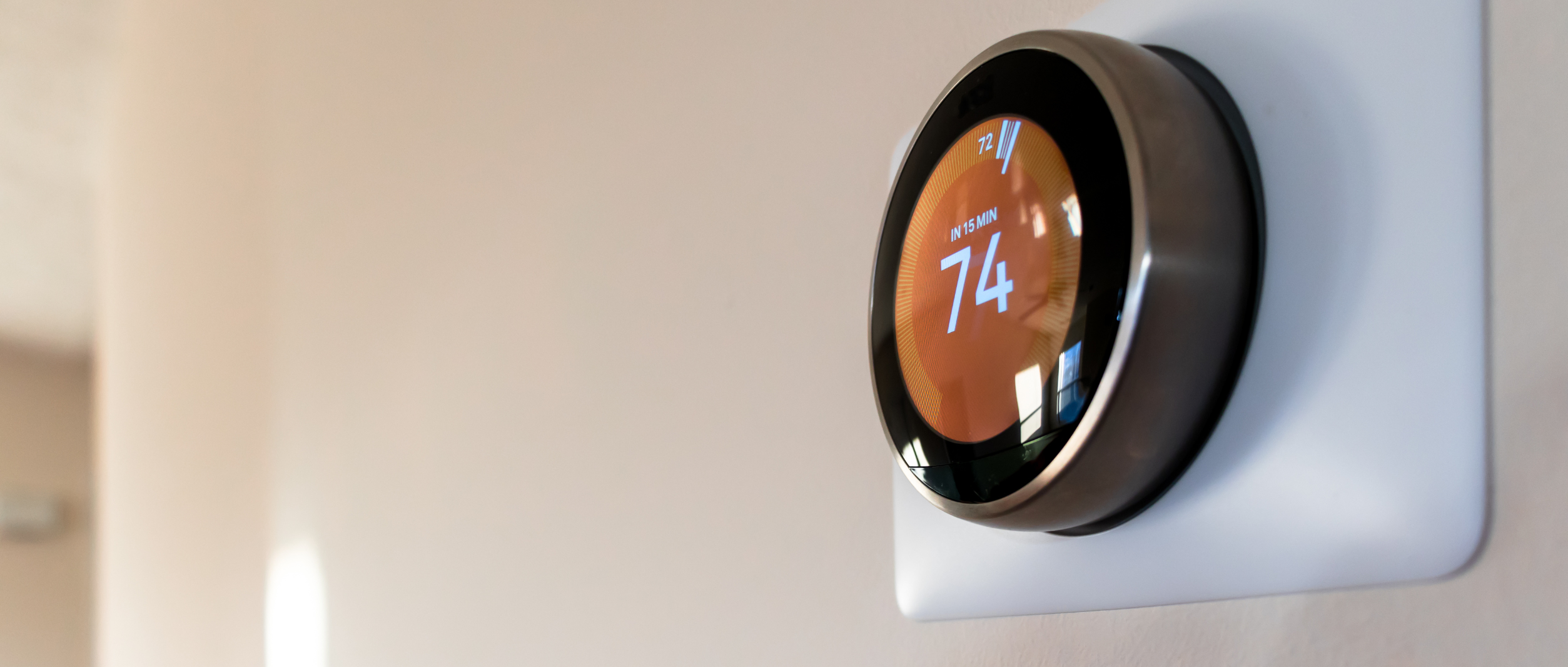Most of the hype about AI in recent months has been primarily about what AI can generate and create. Instant content and crazy images may be the sexy side of AI, but that’s not all that it’s good for, especially in hospitality.
When you travel, what happens behind the scenes contributes significantly to delivering a good guest experience. Or to put in another way: it looks at everything that needs to happen so that things don’t go wrong. No flight delays, no hassles with check-in, no mix-ups with activities booked. When everything goes as planned and expectations are met – that’s the start of a great guest experience.
AI, Wi-Fi, data and efficiency
To create these efficiencies, hospitality tries to understand what people want and expect based on how they interact as guests. They collect guest data from the edge of the cloud and analyze it to understand what’s important.
This includes data from dozens of internet of things (IoT) devices, including card access control and streaming services in rooms, plus temperature control systems in conference facilities. Add to this an average of 2.5 devices per guest that’s connected to the network – that’s a lot of data flowing.
The large language models (LLMs) of AI are more than capable of running the analytics from the data, but if there are gaps or inconsistencies in the data gathered, then the results won’t be as accurate. This is where having a fast and robust network such as Wi-Fi 7 becomes important.
If hospitality is to use AI to analyze systems to create efficiencies, then they need Wi-Fi that can ensure full data sets are collected without exceeding bandwidth capabilities. For older networks, this is a challenge because they were never designed for the speeds and volume of devices being used today. For Wi-Fi 7, this is exactly the problem it was designed to solve: it offers significantly bigger bandwidth and facilitates effective communication between devices and systems at high speeds.
Capitalizing on unsexy AI
Hospitality is an industry where margins are slim, so anywhere that costs or materials can be saved, strengthens the bottom line. This is where AI combined with IoT systems has an important role to play.
Take for instance an air conditioning system in a hotel. Having rooms at an ambient temperature contributes to a positive guest experience, but running air conditioning all of the time, even when guests are not in the room, is adding to costs without delivering any benefit to guests.
With temperature control data, it’s possible to monitor the temperature of the rooms. Combine this with room access data and AI, and air conditioning can automatically switch on when the temperature gets above a certain level and the room is occupied. Or, when the room is unoccupied, the system can be set to sleep mode.
A similar approach can be used for water heating systems, general maintenance work and even staff scheduling. With the help of AI, it’s possible to identify multiple ways to gain efficiencies that all add up. It may not be the sexy side of AI, but it can put more than a few pennies back in the pockets of hospitality.




